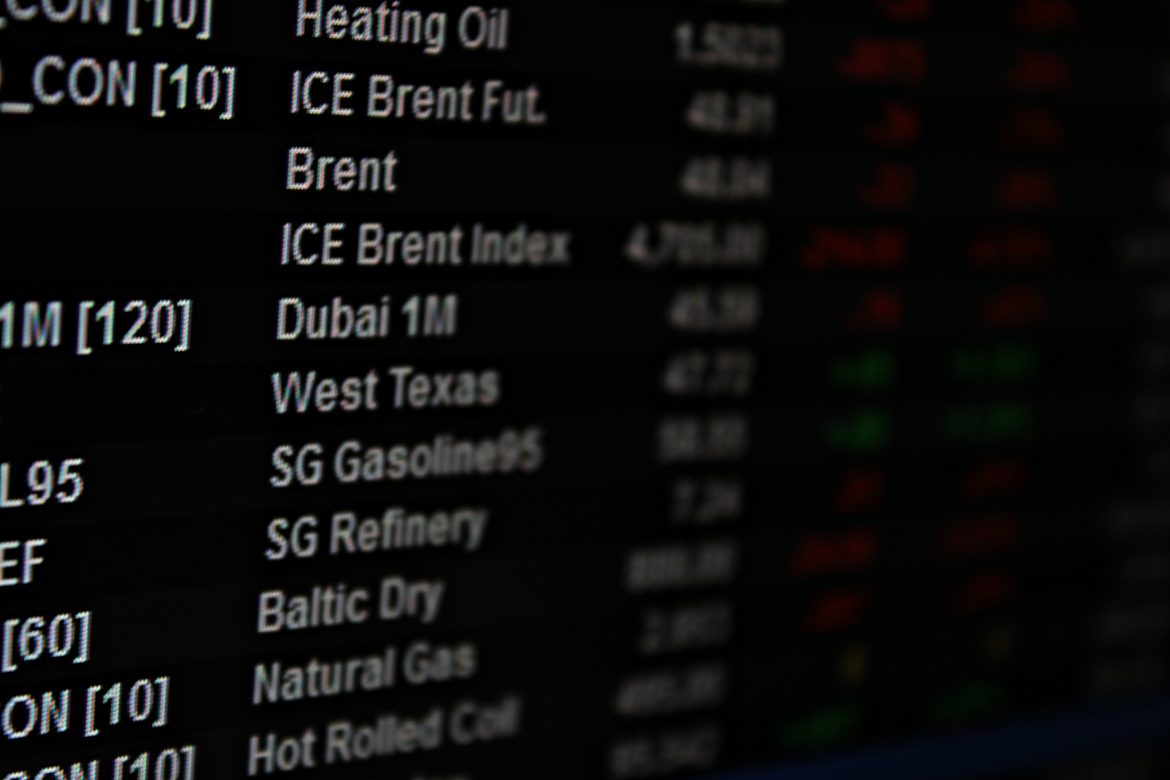Trying to predict oil prices has become an interesting topic for coffee table chats. Having said that, I’ll weigh in with my analysis, and then I’ll tell you why. Feel free to disagree – you may have a more solid rationale for a different forecast.
Based on market dynamics, I think oil prices will stay in the $60 range or lower through the end of the year (probably longer than that). Natural gas prices appear likely to stay in the $3 per thousand cubic foot range or lower for the foreseeable future as well.
One thing appears clear: These days, it’s easier to peg a ceiling than a floor for oil and gas prices. Why?
Up until recently, producers have generally been willing to invest capital even when prices were soft. However, lately investors have started to question the continued levels of capital spending by E&P companies. As a result, management has come under pressure to be more accountable for near-term earnings results. This will probably have a moderating impact on drilling activity, but it’s important to remember that most companies in the shale fields can now turn a profit at $50 a barrel, or even less in some cases.
As oil prices move toward $60 a barrel, two things tend to happen.
First, shale drillers begin to add more rigs. Since their capital commitment is relatively limited, they can simply cut back relatively easily as well. Most unconventional wells can be completed in less than a month for $6-8 million, so the capital commitment is of a shorter duration than say deep-water offshore rigs, which require hundreds of millions of dollars invested over ten years.
Second, OPEC members start to think about cheating on their quotas. While OPEC has done an admirable job of holding the line in 2017, it’s not clear that track record can be maintained in 2018, which will also put downward pressure on oil prices.
Significant increases in oil and gas production in the United States has relieved OPEC’s stranglehold on the world market. Along with production from non-OPEC counties, the supply side of the oil and gas industry is far more diversified than it was in the 1970s. That leads us to the other side of the supply-demand equation.
Indeed, the biggest concern for the coming year would be a fall-off in demand. While the world economy is humming along smartly, the current U.S. expansion is already the third-longest on record. How much longer it will continue without some sort of hiccup is anyone’s guess – an event probably harder to predict than oil prices.
So, what’s the upshot? The good news with regard to low oil and gas prices is that more electricity will be generated using natural gas, displacing coal, which emits far more pollutants. Prices at the gas pump will remain stable and predictable – barring more unforeseen disruptions such as Hurricane Harvey. And finally, low oil and natural gas prices improve the balance of trade with other countries. Mexico, for example, now imports over one trillion cubic feet of natural gas annually from the U.S. In addition to refined products, the U.S. is exporting ever-increasing amounts of light crude oil, which most foreign refineries are better-suited to process anyway.
Overall then, the outlook for 2018 seems likely to be more of the same. With market forces working to place a ceiling on oil and gas prices, and producers becoming wary of overspending on capital, the coming year should continue to look like what we have termed the “new normal” – a prolonged period of comparatively robust, sustainable activity.












